Pojangnongbang is an art business using urban food production to reclaim neglected or mismanaged public space.
Our first product line of sculptural growing installations showcases different approaches to food production, explores new forms of art in public space and reimagines scripts for how we use cities. The project is informed by research into several different farming methodologies that are popular today. Biodynamics, organic community gardening and urban smart farming.

Product catalog
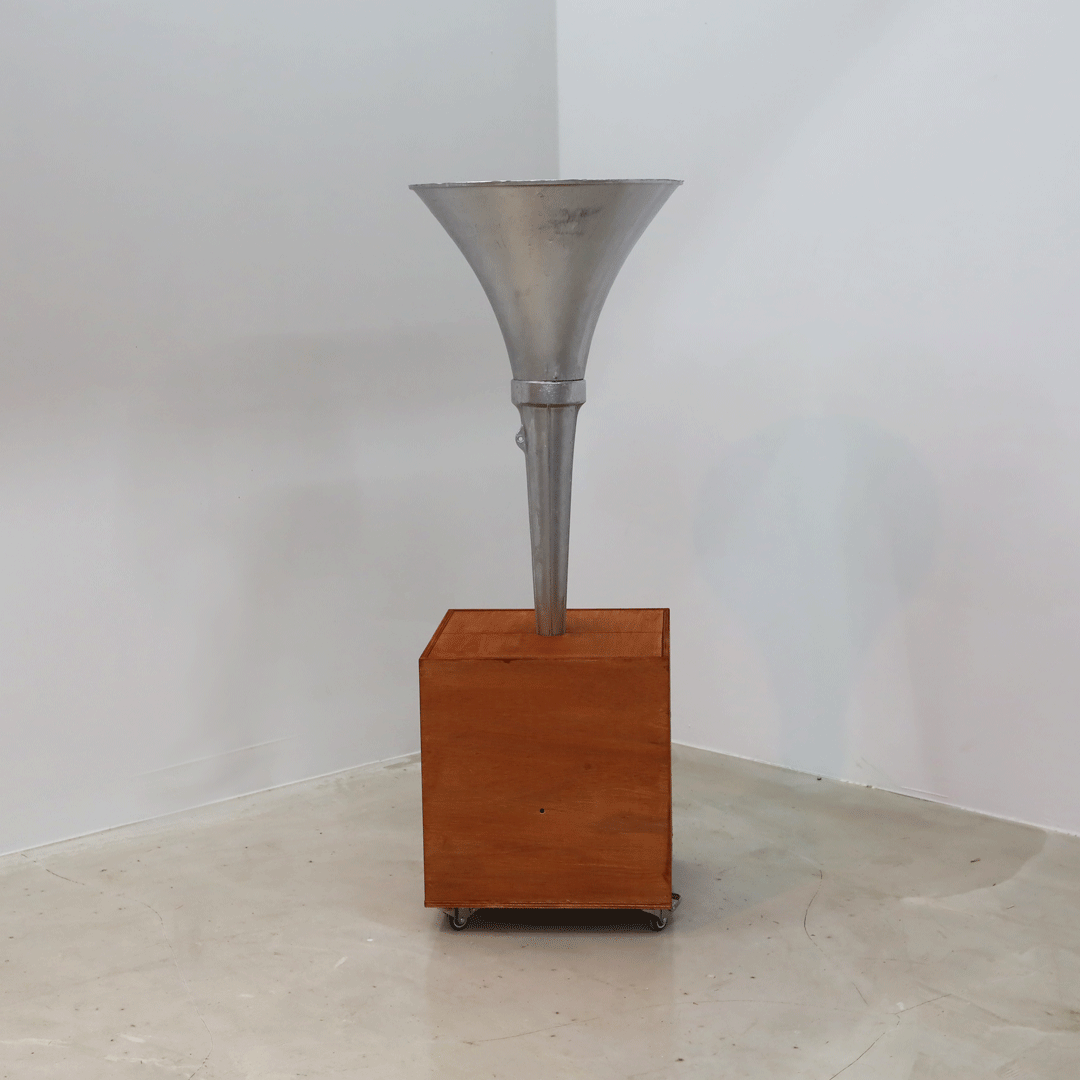
Speaker Box
Inspired by the tradition of Nongga Wollyeongga, this box shares the songs of farming for the 21st century and beyond.
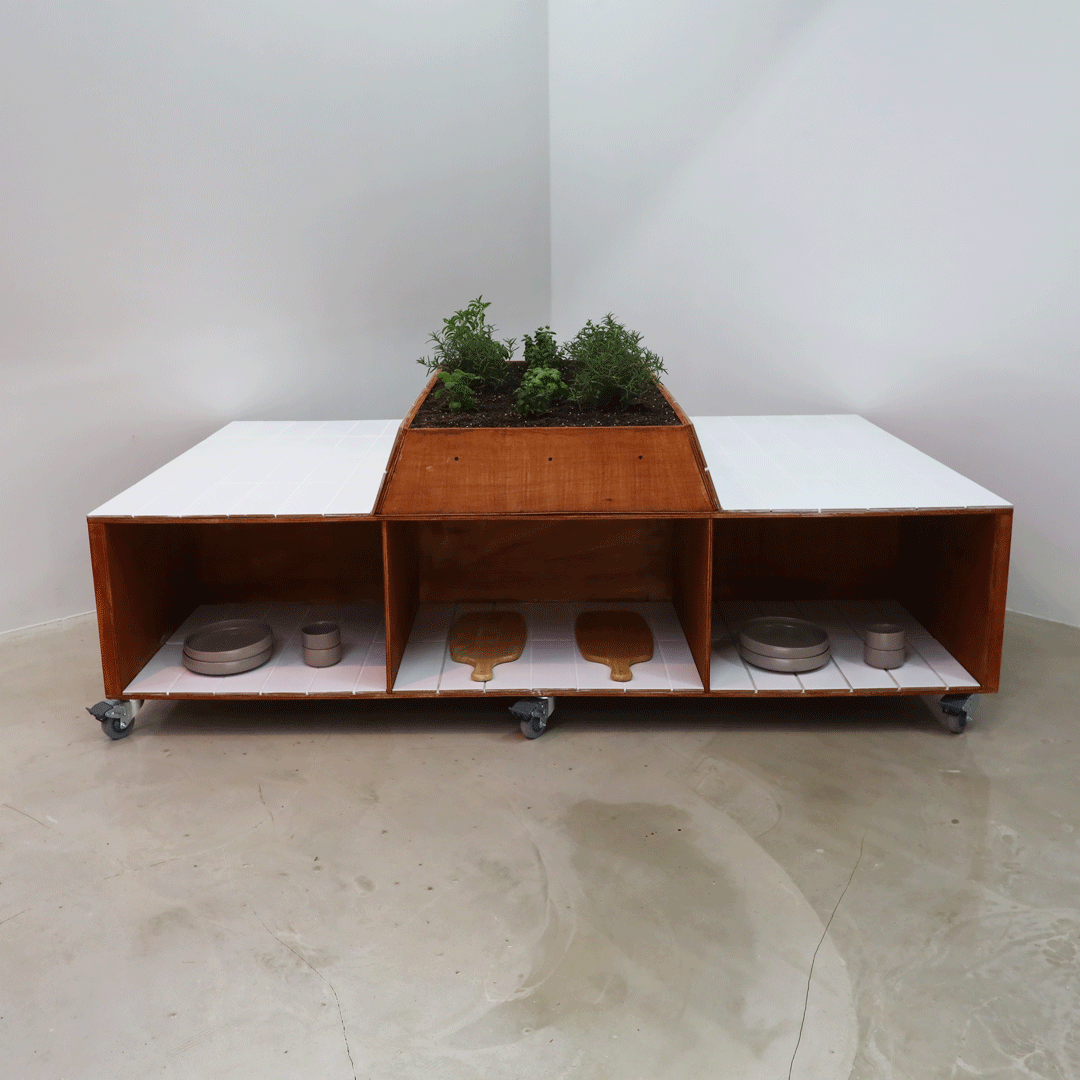
Street Kitchen
A portable kitchen for visitors to socialise and enjoy fresh food from our other installations.
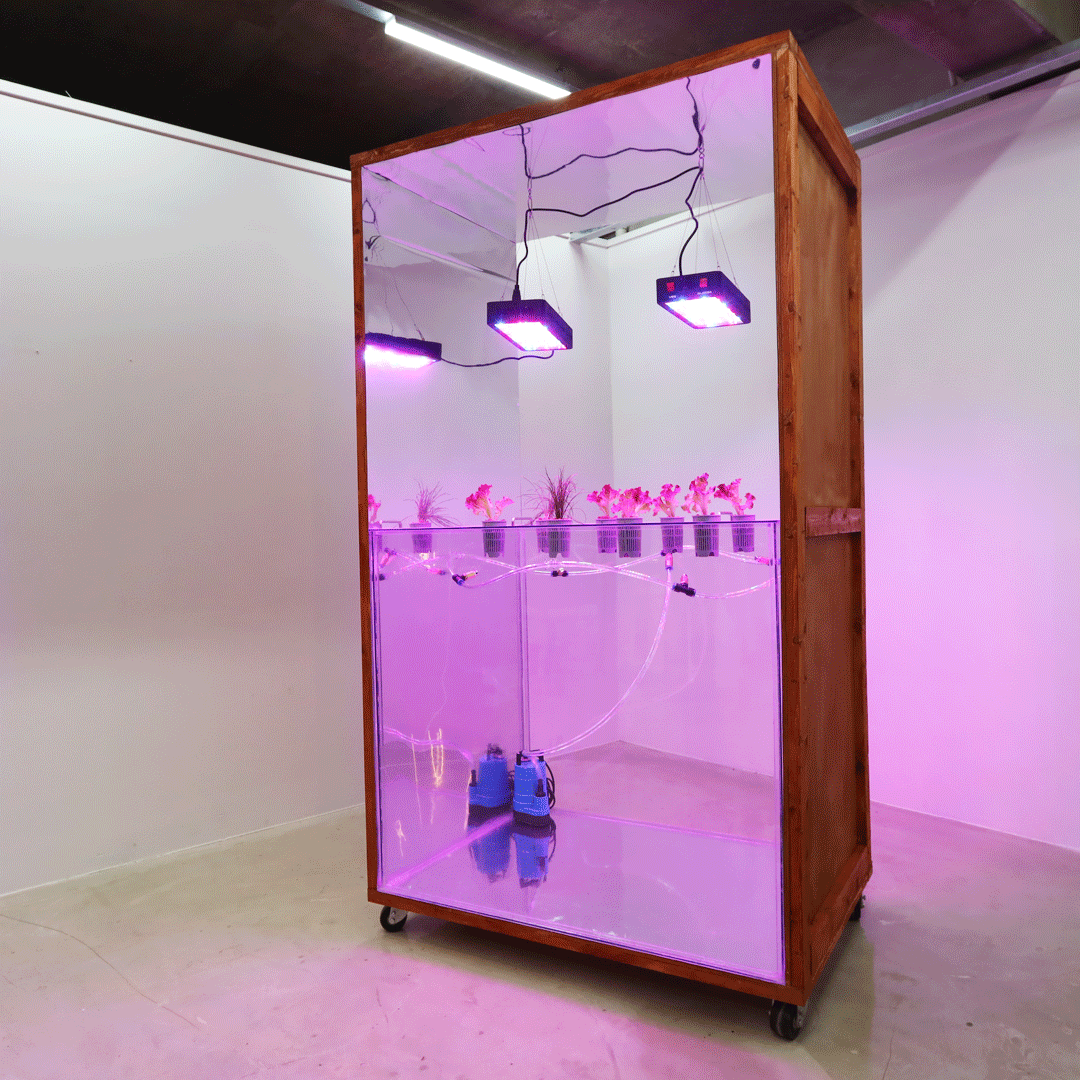
Aeroponic Fridge
Introducing the concept of smart farming with plants growing in mist and under LED lights.
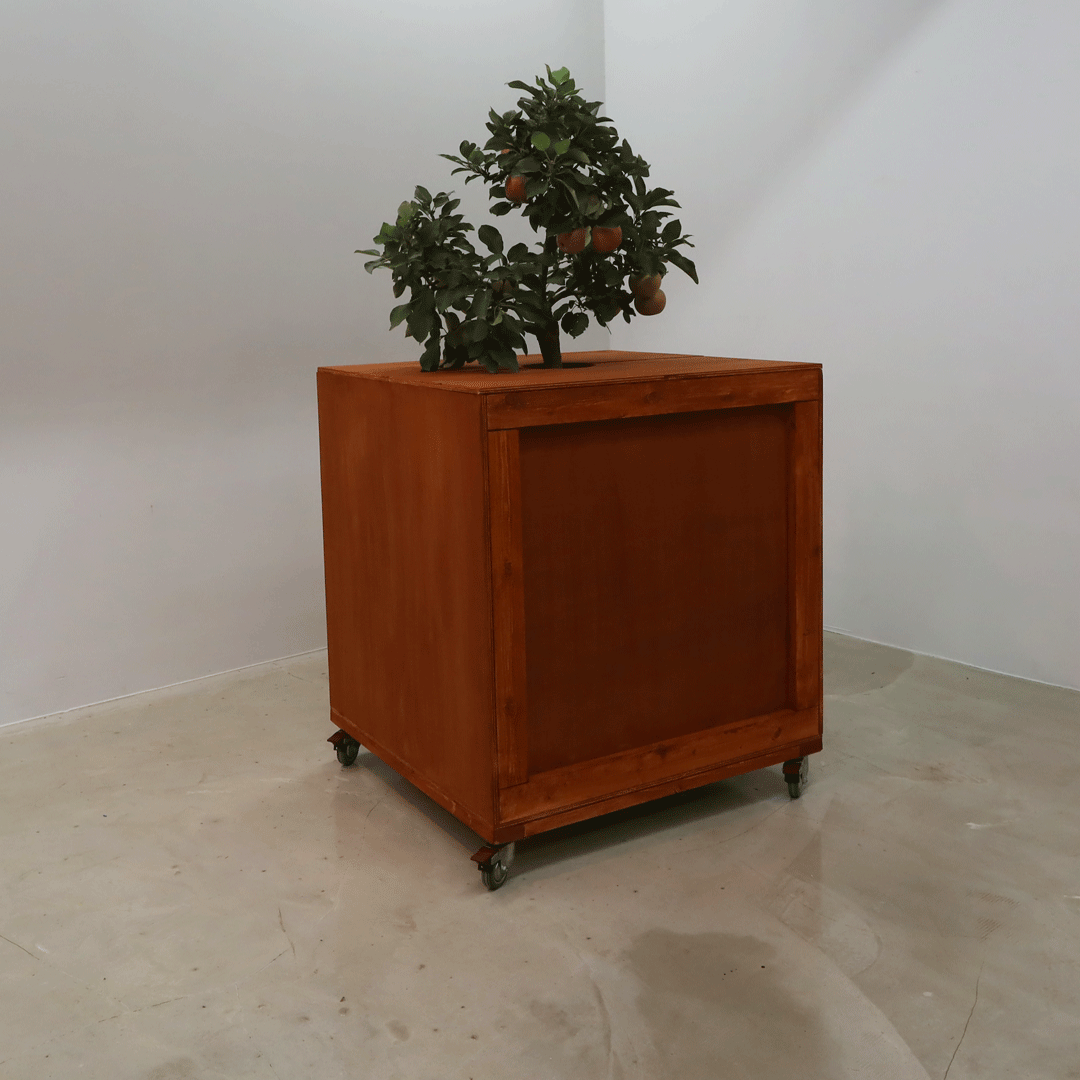
Microbiome
A selected grouping of plants that create a micro scale biodiverse ecosystem.
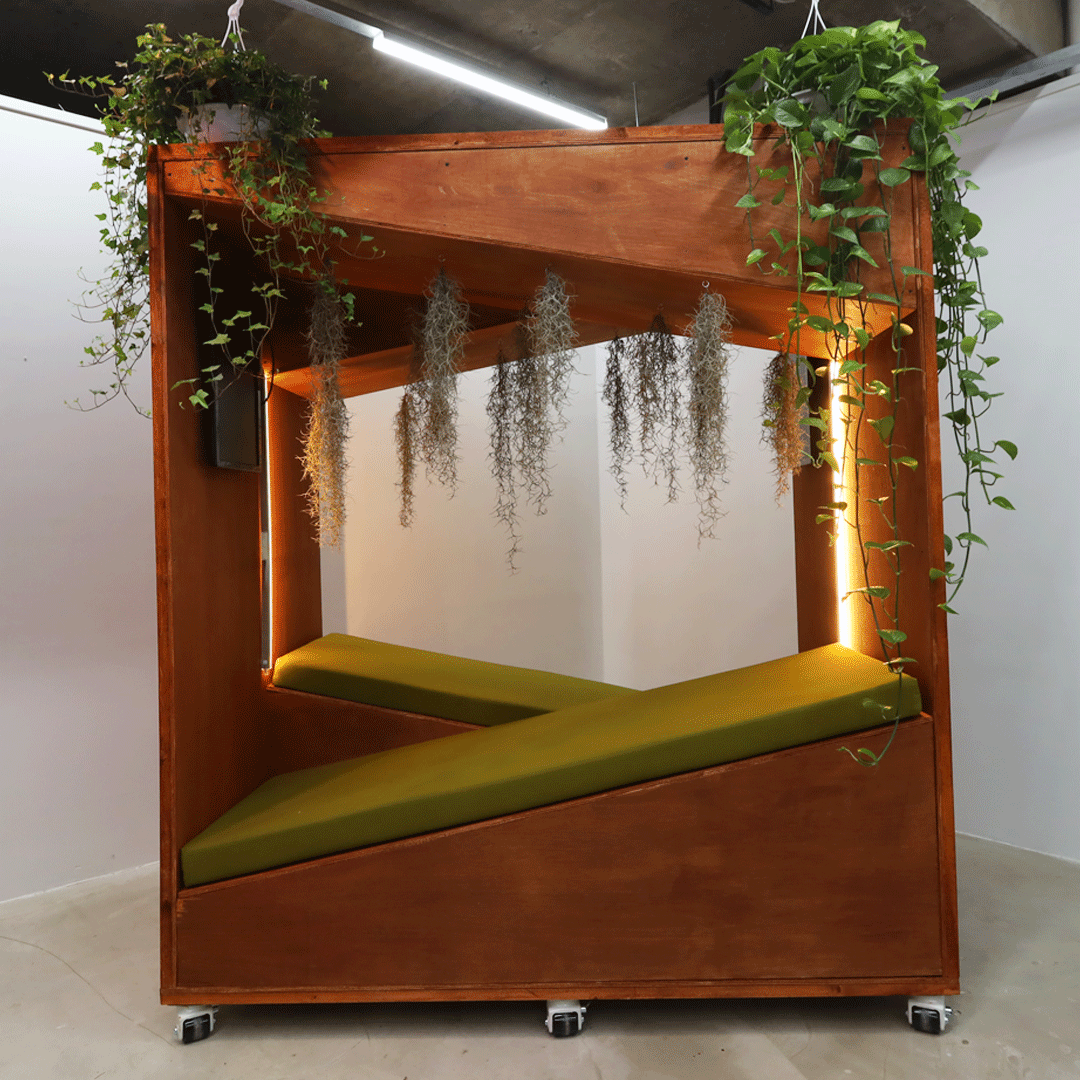
The Tool Shed
A place to lay back and relax whilst learning more about the Pojangnongbang system.

Soil Shrine
Leave a message of appreciation to the farmers, or an offering of food waste to the compost pile, take some soil for your planter.
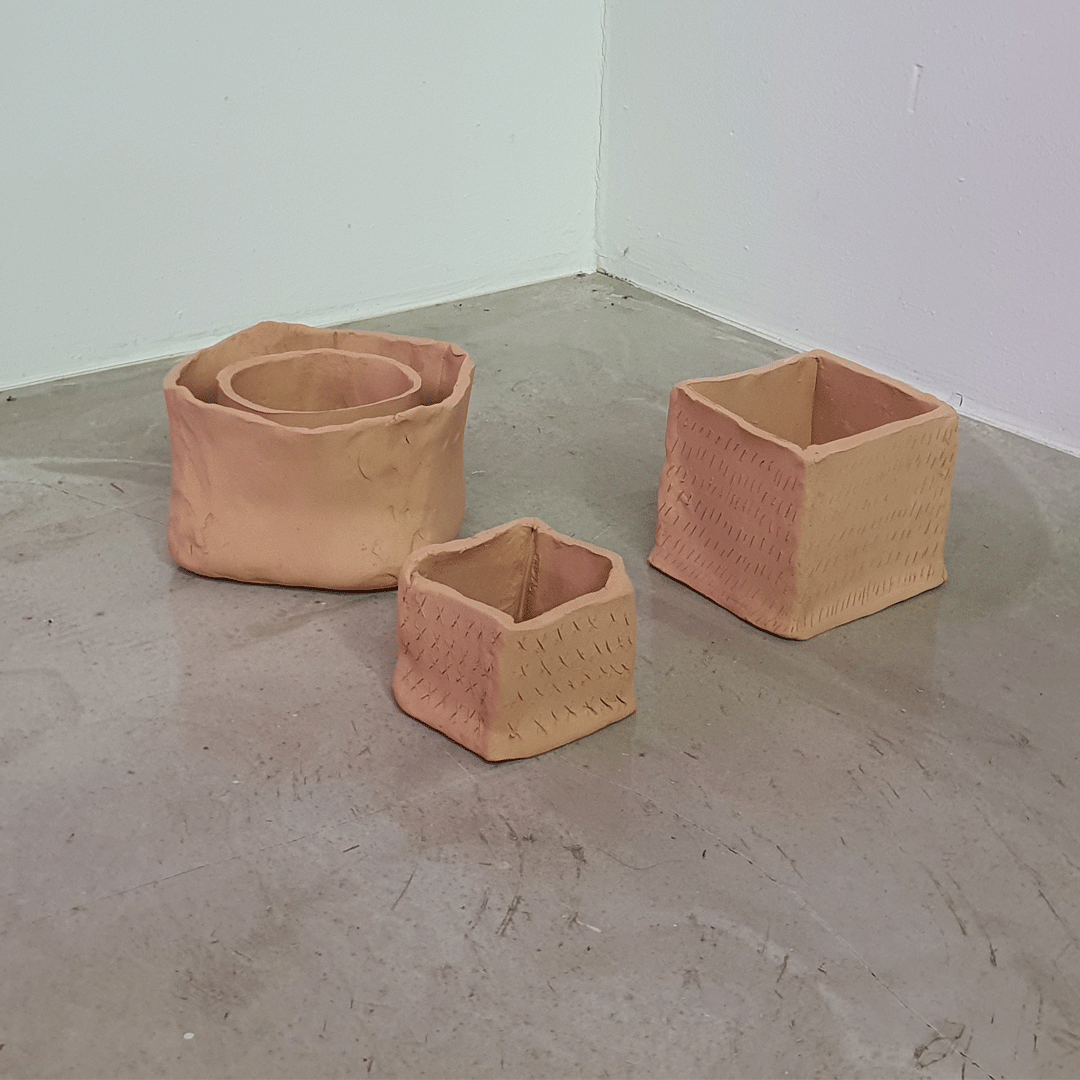
Personal Planter
A ceramic pot with enough space for a single seed, visitors can plant their own and take it home with them.
Pojangnongbang was formed to explore answers to several key questions...
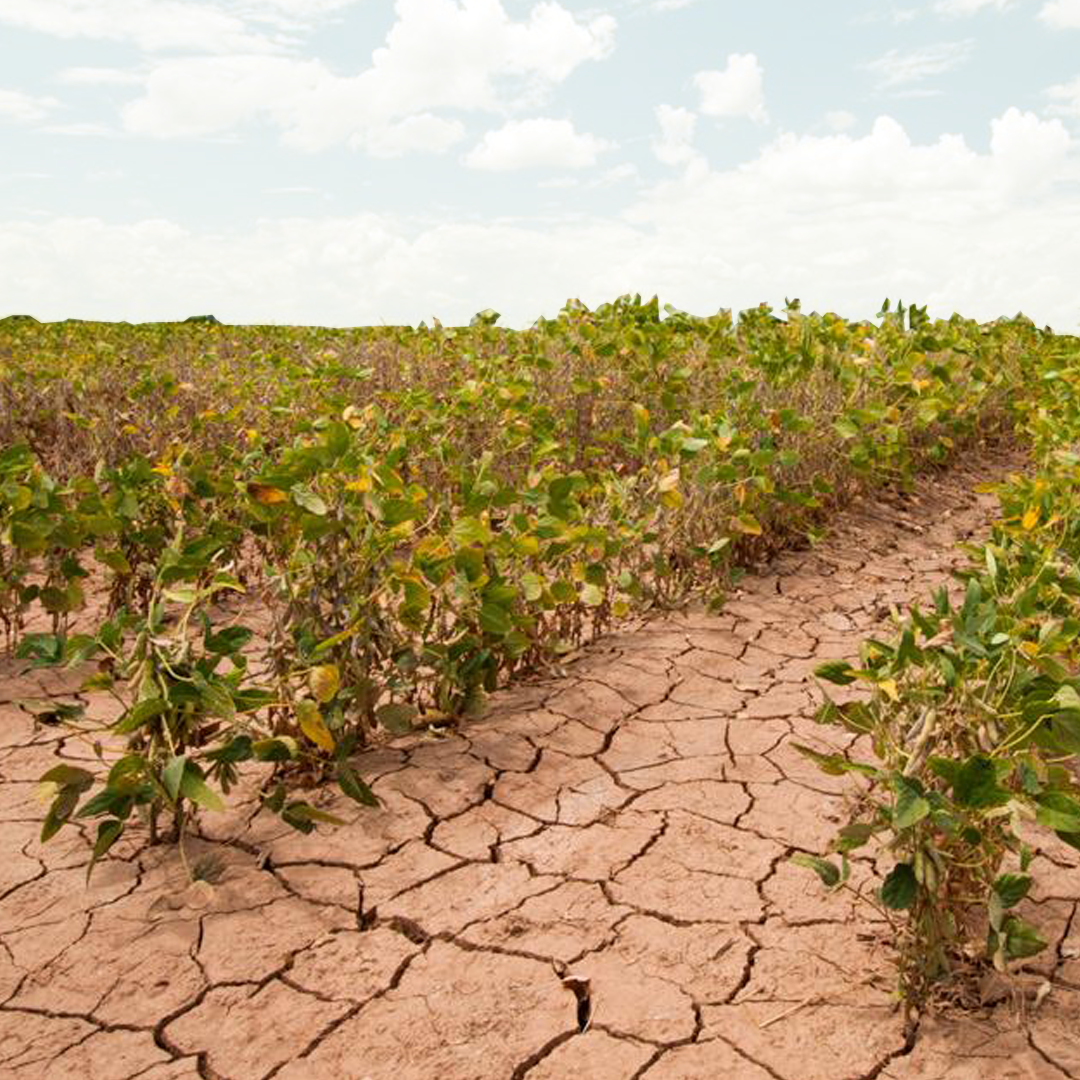
How will society adapt to the failings of industrial agriculture?
In the post corona world we will need to rely less on global and even national supply chains for food production as reduction in labour mobility and supply chain disruption forces us to reorganise around localised production. This is not to mention extreme soil degradation caused by industrial agriculture. Rather than proposing a return to rural farming communities we would like to examine the possibilities of folding food production into our 21st century everyday lives, an hour of office gardening here, an afternoon of rooftop planting there. In this way we can balance the physical needs of our society and responsibility to communities across the world who are currently exploited by global food systems.
Is art in public space really for the public?
We noticed the sculptures around private buildings built for public cultural enjoyment, but when asking people it was clear that they didn’t really bring much benefit and were a mere formality of large building projects. Through some research we learnt the contracts to build them are controlled by a group of agencies who gain commission for the recommendation of artists. This is a form of beauracorporate art, created not through creative expression but by risk models and budgeting spreadsheets, something that is common in today’s city.

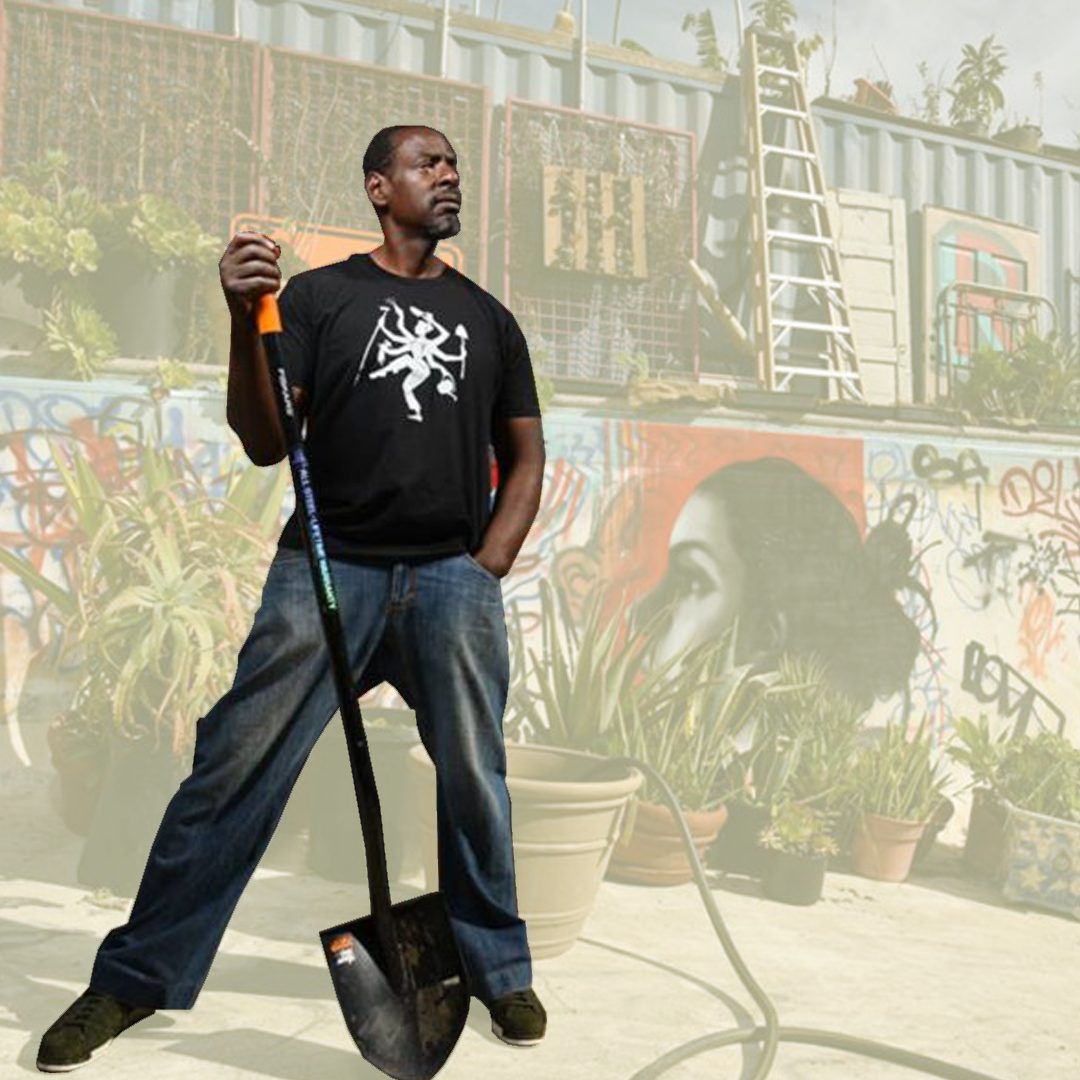
How can we make these questions visible and interesting to engage with?
In answer to the above questions we propose a potential answer in the form of our sculptural growing installations, that teach people about growing their own vegetables in the city whilst providing hubs for meeting and sharing in public. These installations are proposed as replacements for future public sculptures with little function, as a way to reactivate public space in our cities.
Our aims
The short term aims of Pojangnongbang’s work are to contribute to cleaner air in cities, increase horticultural literacy, replenishing soil health and mental wellbeing. In the longer term we hope our system can increase job opportunities through the creation of a series of networked farming hubs and ultimately leading to a shift in public planning policy towards supporting more resilient and connected communities in cities.
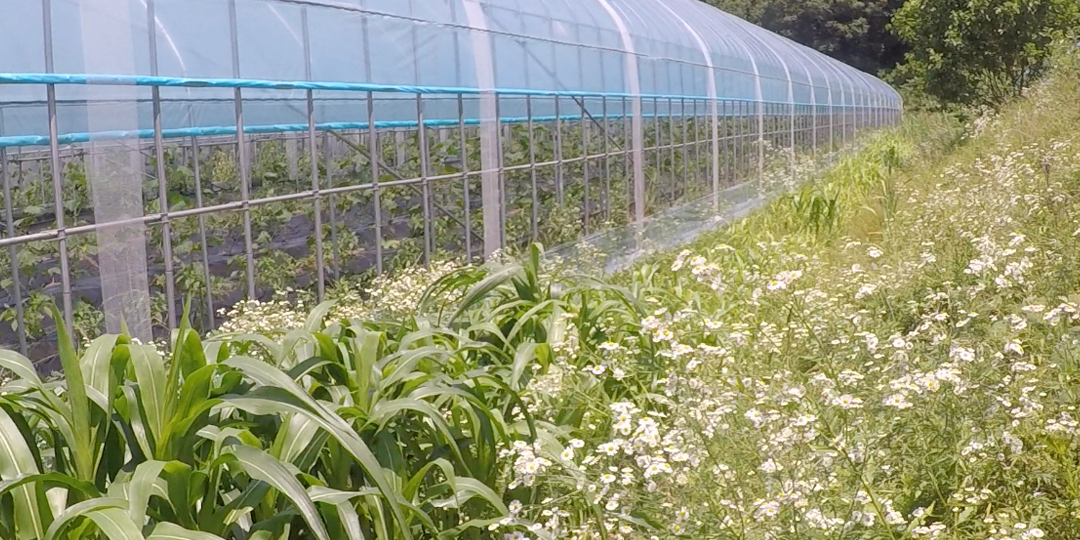
Biodynamic farming
Pioneered by Rudolf Steiner in the 1920s, this approach to farming has grown in popularity greatly over the last 100 years. With a holistic approach to the farm, not focusing simply on efficiency and output, it is possible to create a balanced ecosystem that not only provides food for humans but also a supportive environment for other species of flora and fauna. The approach also features a strong element of education and interactivity between consumers and producers, hoping to encourage more people to become prosumers in their respective food chains.
Urban smart farming
As the seasons become more erratic and unpredictable food security is threatened, one hi tech response to this has been the development of urban smart farms which can provide a steady supply of certain fruits and vegetables year round. Using soil free growing systems with artificial light and climate control is possible to maintain optimal growing conditions over long periods, even underground. This solution has seen a lot of investment in recent years and the technology is rapidly improving, but there are still challenges to overcome around crop diversity and energy use.

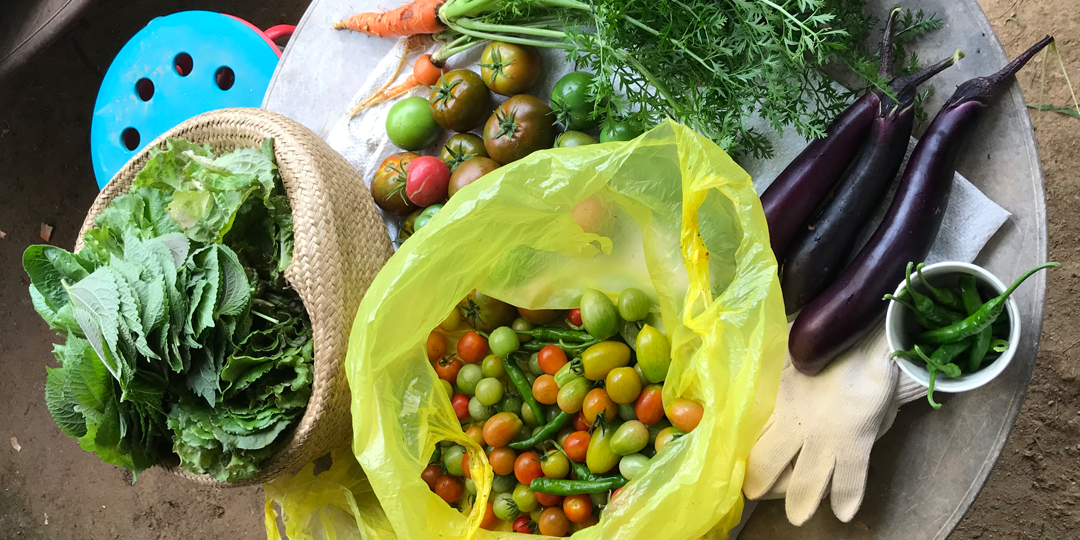
Community gardening
Busy city dwellers often don’t have enough time to engage with growing food on a regular basis, the establishment of collective farms where a group of people can be responsible for each other's plants is a successful way to mitigate the risks involved. They also provide a community around growing food, which strengthens the social fabric of cities.
More information
KijaniGrows- Smart aquaculture systems
Biodynamics- A holistic guide
Nongwon urban farms- Community focused growing
Farm8- Smart hydroponic systems
Ron Finely- Reclaiming public space with plants
Updated Nov 2020
